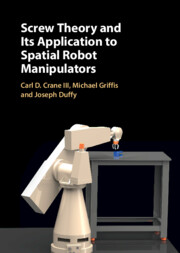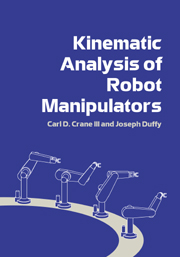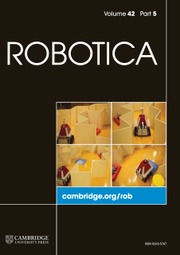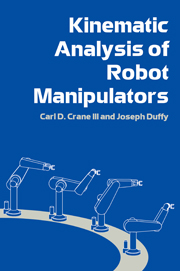Screw Theory and its Application to Spatial Robot Manipulators
Discover a fresh take on classical screw theory and understand the geometry embedded within robots and mechanisms with this essential text. The book begins with a geometrical study of points, lines, and planes and slowly takes the reader toward a mastery of screw theory with some cutting-edge results, all while using only basic linear algebra and ordinary vectors. It features a discussion of the geometry of parallel and serial robot manipulators, in addition to the reciprocity of screws and a singularity study. All 41 essential screw systems are unveiled, establishing the possible freedom twists and constraint wrenches for a kinematic joint. Familiarizing the reader with screw geometry in order to study the statics and kinematics of robots and mechanisms, this is a perfect resource for engineers and graduate students.
- Uses basic linear algebra and algebraic geometry to study screw theory based on its building blocks of points, lines, and planes
- Emphasizes geometry to show a symmetry or a duality between the sciences of statics and kinematics
- Provides a complete array of possibilities for proposing robot or mechanism movements and structures
Product details
August 2022Adobe eBook Reader
9781009301763
0 pages
This ISBN is for an eBook version which is distributed on our behalf by a third party.
Table of Contents
- 1. Geometry of points, lines, and planes
- 2. Coordinate transformations and manipulator kinematics
- 3. Statics of a rigid body
- 4. Velocity analysis
- 5. Reciprocal screws
- 6. Singularity analysis of serial chains
- 7. Acceleration analysis of serially connected rigid bodies.





